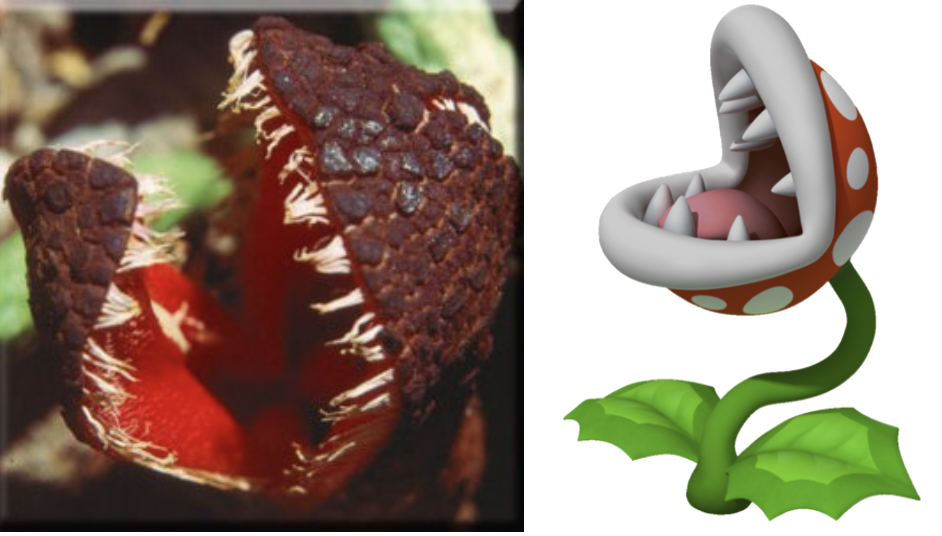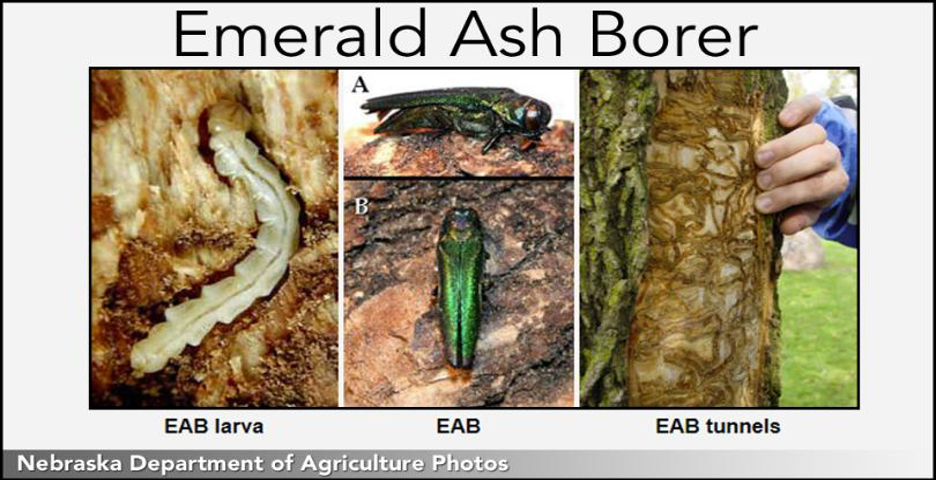~~~~~~~~~~~~~~~~~~~~~~~~~~~~~~~~~~~~~~~~~~~~~~~~~~~~~~~~
Read moreTifft Nature Preserve: From Rags To Riches
When one visits Tifft Nature Preserve, the succession of different forest species can easily be seen.
Learn about how the remnants of Buffalo's industrious past have been transformed into a rich urban ecosystem. Set into motion by the Greenway Ecological Fund and the Buffalo Museum of Science, if you're in the area and are interested in restoration ecology, Tifft Nature Preserve is a must-see. In this article, my former student Emily Volker delves into forest succession and many other ecological interactions taking place in this urban habitat.
Read moreHydnora africana: The real life “Piranha Plant” and Queen of Species Interactions
Hydnora africana and the notorious Piranha plant.
Contrary to the fantasy world of videogames, some of these in-game species have real-life doppelgangers. Given the millions of years of fine-tuned species adaptations, these doppelgangers happen to be even cooler than their digital counterparts. Find out more about the parasitic Hydnora africana by reading this article written by my former student Courtney Parrilla!
Read moreWoodland salamanders; indicators of a healthy forest?
Red-backed salamander (Plethodon cinereus)
Red-backed salamanders are some of the most abundant vertebrates living on the forest floor. In New York State alone, there is an estimated 18 billion of them! These tiny creatures play big roles in ecosystems everywhere and their abundance can be used as an environmental indicator of forest health/age. Learn more about these animals by reading this article written by my former student Antonio Seelman!
Read moreDoes the Ash species stand a chance in Western New York? If not, what will replace it? A story of the Ash species, the Emerald Ash Borer and the future of the trees niche.
Figure 1: The EAB larvae, adult and the networks they make under Ash bark (Emerald ash borer expands presence into Saunders County)
If you are visiting this blog, I need not describe the various benefits that the forested lands of the world provide. For this post, we will zoom in on the northeastern United States, and more specifically, Western New York (WNY). The significance of the very important genus of Fraxinus in WNY forests may also be familiar to most. The ash’s of New York, as well as most of North America and Europe, is under attack from an Asiatic invasive insect introduced here in the 1990s. We can touch upon the impacts of the Emerald Ash Borer and possible Ash restoration, as well as what happens if the ash disappears from our forests.
Read more





